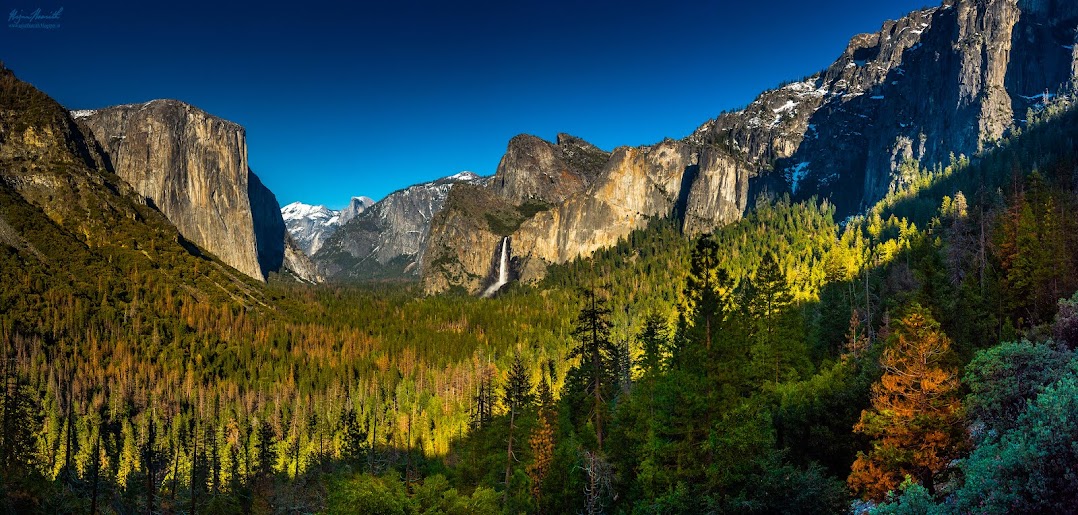(Best viewed in Google Chrome or Mozilla Firefox)
We had been to Great Himalayan National park which is situated in the Kullu valley of Himachal Pradesh during August 2013. Though it was a prime monsoon season, the rains were not that dominant in the hill state during the time we stayed there.
The rain and the sun were always playing the game of Hide and Seek which gave me the feeling of the unpredictable Himalayan climate.
The team consisted of (Mr. Bhaskar , Mr. Presley , Bharath , Chiru and Myself).
I always wanted to see the night sky in its full glory in the Himalayas, as the night sky in the city seems to be disturbed due to light pollution.
Watching the night sky was an amazing experience, as we were busy in arguing about the planets like Jupiter or Venus and even Mars too. Also connecting the stars and visualizing the constellation was equally thrilling.
There were few meteoroids or shooting stars that passed by and the joy of seeing them booming is to be experienced.
Our experiences and adventures in the hills of GHNP will be followed by another blog. This blog is mainly about Star (Night Sky) Photography.
Here are few images that I shot during my stay in the valley.
All these images are my first attempt, and hoping to improve them in my future encounters with the night sky. Most of them are just record shots which represents the actual sight of amazement and excitement that I faced when we saw the beautiful gems hanging in the sky in the laps of the mighty Himalayas.
We had been to Great Himalayan National park which is situated in the Kullu valley of Himachal Pradesh during August 2013. Though it was a prime monsoon season, the rains were not that dominant in the hill state during the time we stayed there.
The rain and the sun were always playing the game of Hide and Seek which gave me the feeling of the unpredictable Himalayan climate.
The team consisted of (Mr. Bhaskar , Mr. Presley , Bharath , Chiru and Myself).
I always wanted to see the night sky in its full glory in the Himalayas, as the night sky in the city seems to be disturbed due to light pollution.
Watching the night sky was an amazing experience, as we were busy in arguing about the planets like Jupiter or Venus and even Mars too. Also connecting the stars and visualizing the constellation was equally thrilling.
There were few meteoroids or shooting stars that passed by and the joy of seeing them booming is to be experienced.
Our experiences and adventures in the hills of GHNP will be followed by another blog. This blog is mainly about Star (Night Sky) Photography.
Here are few images that I shot during my stay in the valley.
All these images are my first attempt, and hoping to improve them in my future encounters with the night sky. Most of them are just record shots which represents the actual sight of amazement and excitement that I faced when we saw the beautiful gems hanging in the sky in the laps of the mighty Himalayas.
 |
| (Milky way shot at the Rangthar meadows in the National Park) |
Star trails photography is one my favorite theme in the vast world of Photography.
A star trail is a type of photograph that utilizes long-exposure times to capture the apparent motion of stars in the night sky due to the rotation of the Earth. A star trail photograph shows individual stars as streaks across the image, with longer exposures resulting in longer streaks. Typical exposure times for a star trail range from 15 minutes to several hours, requiring a 'bulb' setting on the camera to open the shutter for a longer period than is normal.
 |
| (Milky way and our tent) |
Star trail photographs are possible because of the rotation of the Earth on its axis. The apparent motion of the stars is recorded as streaks on the film or detector. For observers in the northern hemisphere, aiming the camera towards the north creates an image with concentric circular streaks centered around the north celestial pole.
Star trail photographs can be used by astronomers to determine the quality of a location for telescope observations. Star trail observations of Polaris have been used to measure the quality of seeing in the atmosphere, and the vibrations in telescope mounting systems
Star trails have been used by professional astronomers to measure the quality of observing locations for major telescopes.













